From yellow leaves to wilting and from fungus gnats to brown leaf tips, there's a lot that can go wrong with house plants - and it's not always clear what you've done wrong. Common mistakes include not putting your plant in a bright enough spot, overwatering and underwatering.
We asked house plant expert Sarah Gerrard-Jones, aka The Plant Rescuer, to tell us about the Top 10 problems that she encounters in her clinics at gardening shows - and to give us her solutions.
Get Sarah's advice on How to rescue a house plant.
More on house plant care:
The tools you need to look after your house plants
The best trailing house plants
15 of the best large house plants
Create the perfect house plant display
Can house plants really beat mould?
Top 10 houseplant problems
Here are Sarah Gerrard-Jones' solutions to the most common house plant problems that she encounters.
Yellow leaves
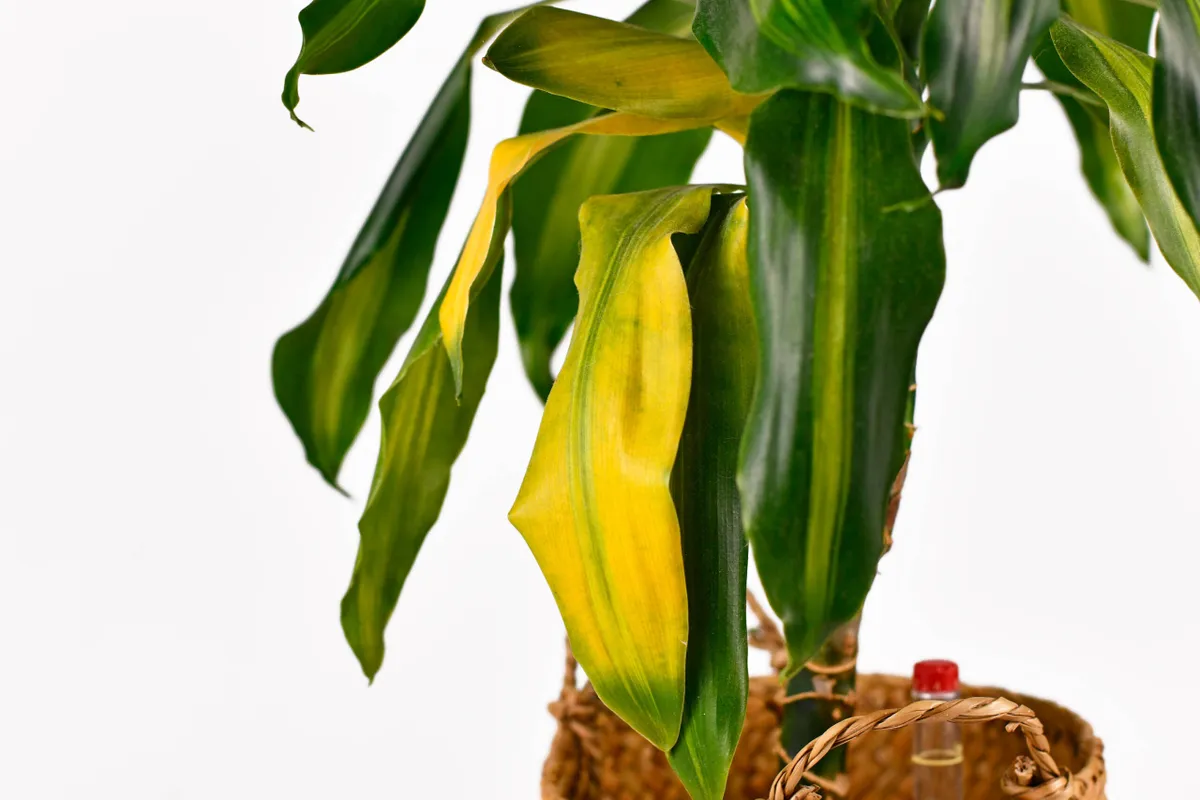
Cause
Yellow leaves on a house plant is most commonly caused by too much water combined with a lack of light.
Solution
Before watering any plant, test the soil with your finger to see if it needs it. Push your finger deep into the pot; if you feel moisture, don’t water.
Golden rules for watering house plants
Mottled, sticky leaves
Cause
Mottled, sticky leaves can indicate the presence of pests such as thrips and mealybugs.
Solution
My preferred pest solution is either biological control (good bugs that eat bad bugs) or diatomaceous earth. Diatomaceous earth is my go to for all pests. It's amazing. Search for 'food grade diatomaceous earth'. Wear a mask when using it, like you would when using perlite, and remember it only works when it's dry.
Fungus gnats
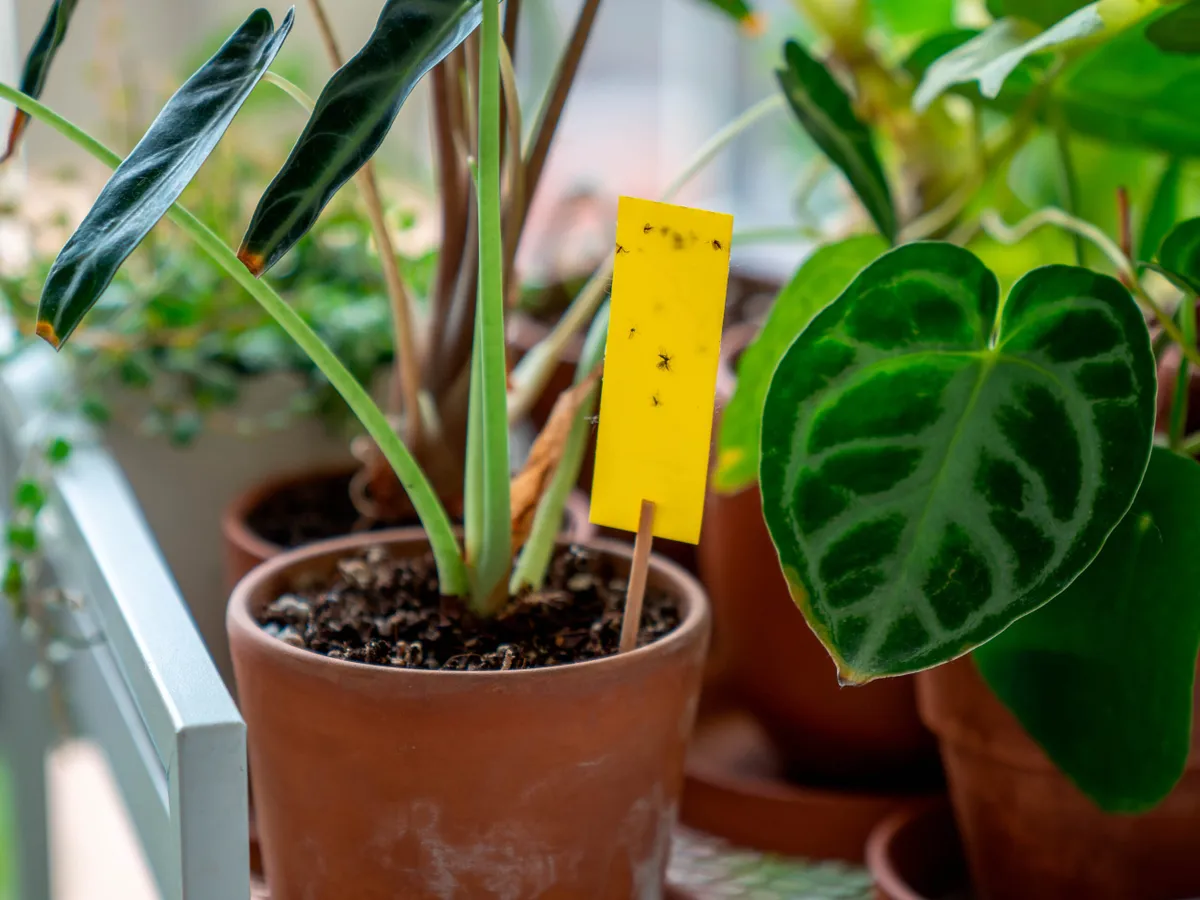
Cause
Consistently damp soil attracts fungus gnats, and is a sure sign of overwatering.
Solution
Place yellow sticky traps into the affected plant pots and buy fungus-gnat-killing nematodes for the soil. You can also use a carnivorous plant called Pinguicula (butterwort), which attracts the gnats to their sticky leaves.
Brown leaf tips
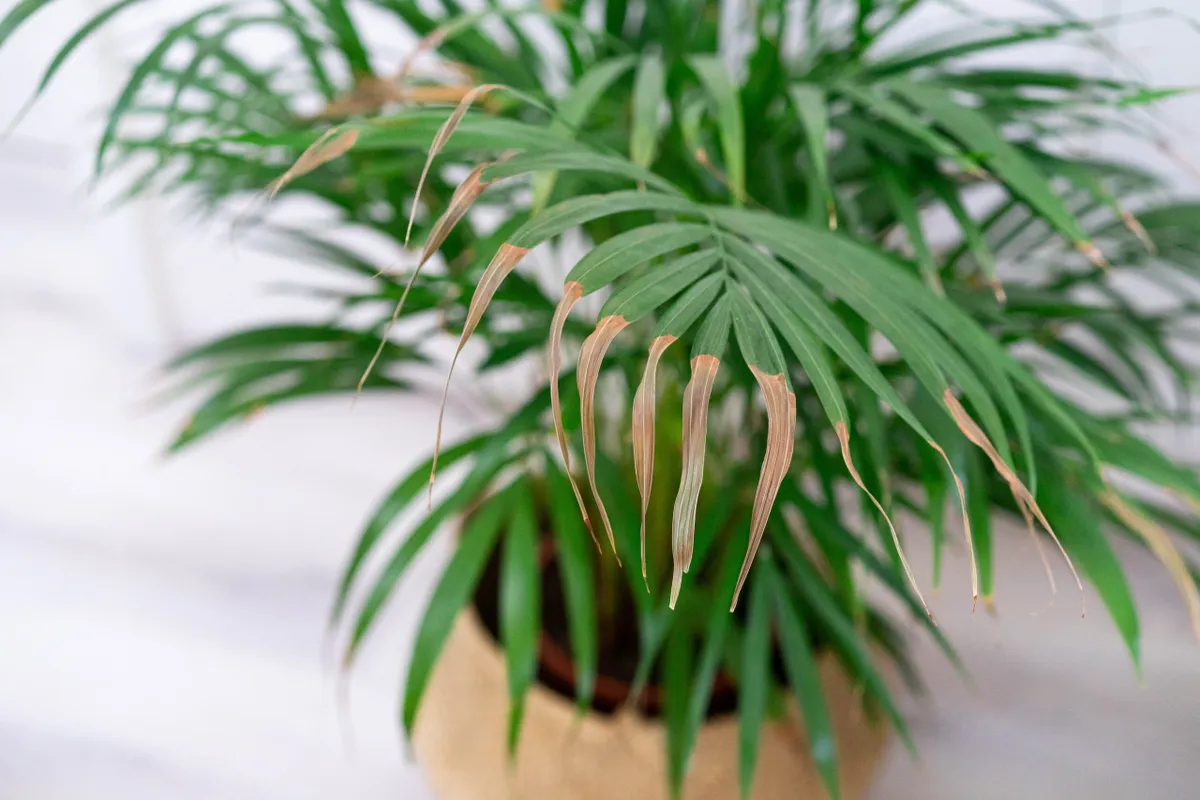
Cause
Brown leaf tips on a house plant can be caused by inconsistent watering or a lack of humidity.
Solution
Try to get into the habit of checking your plant more regularly to see if it needs water. If you’re worried about low humidity, use a humidifier. Misting is ineffective.
Read more: Do you really need to mist your house plants?
Wilting

Cause
If your plant is wilting and the soil is bone-dry, it’s likely from underwatering.
Solution
If you are time-poor or forgetful, try using a self-watering pot.
Golden rules for watering house plants
Mushrooms in the soil
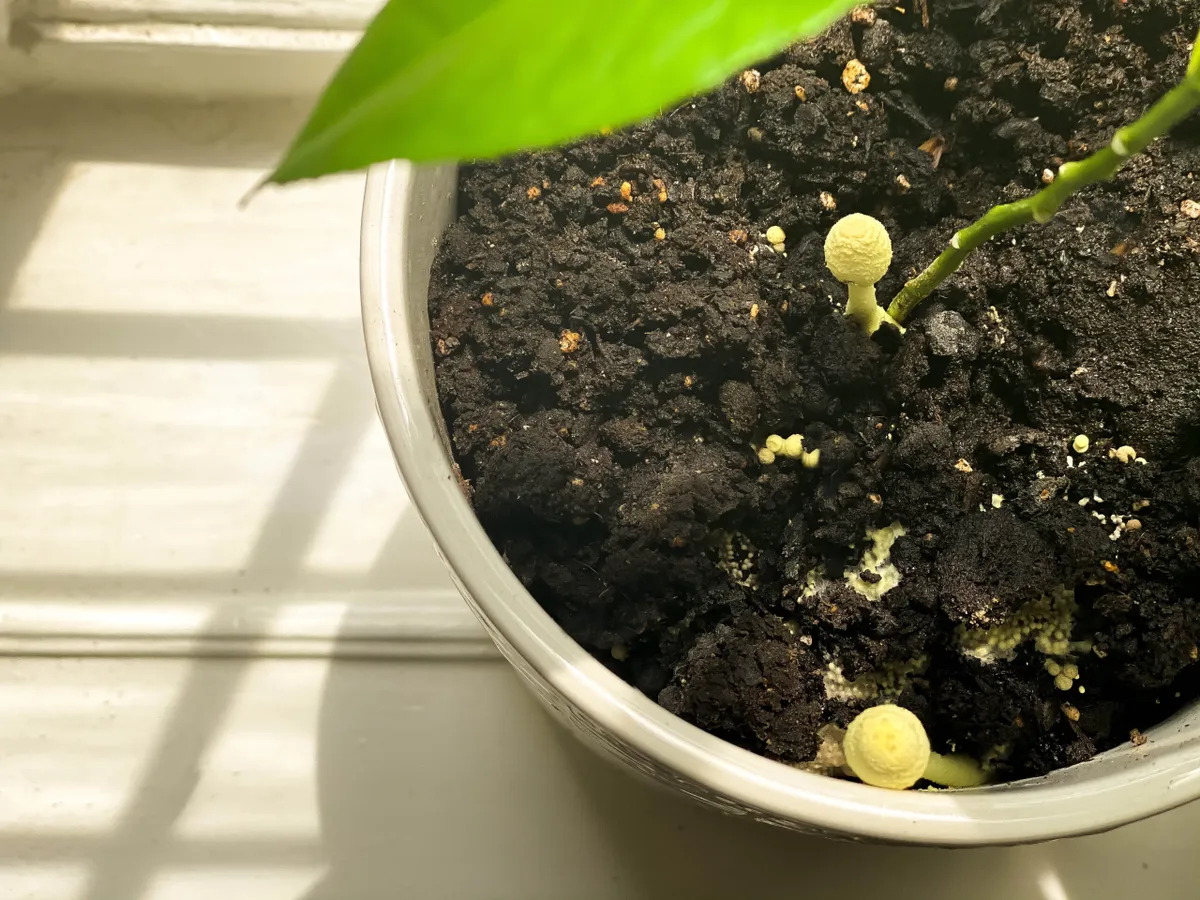
Cause
Mushrooms in the soil of a house plant aren’t harmful to the plant but can indicate overwatering.
Solution
There is no need to remove mushrooms, but they are less likely to return if you water less and provide the plant with more light.
Orchid not blooming
Cause
If your orchid isn't blooming, a lack of light can be to blame.
Solution
Make sure your orchid is on a windowsill (preferably not south-facing as the leaves can burn). Water only when the roots turn from green to silver-coloured. A drop in temperature in winter can encourage them to bloom.
Stunted growth, or small or deformed leaves
Cause
Common causes of stunted growth or deformed leaves can be a lack of nutrients, needing to be repotted, a lack of light, or pests.
Solution
Try moving your plant to a brighter position, check if it’s outgrown the pot and if you haven’t been fertilising, now’s the time to start.
Mushy succulent
Cause
Usually caused by a lack of light and/or too much water.
Solution
Succulents must be in free-draining substrate, on the brightest windowsill and watered only when the soil is dried out.
White mould on soil
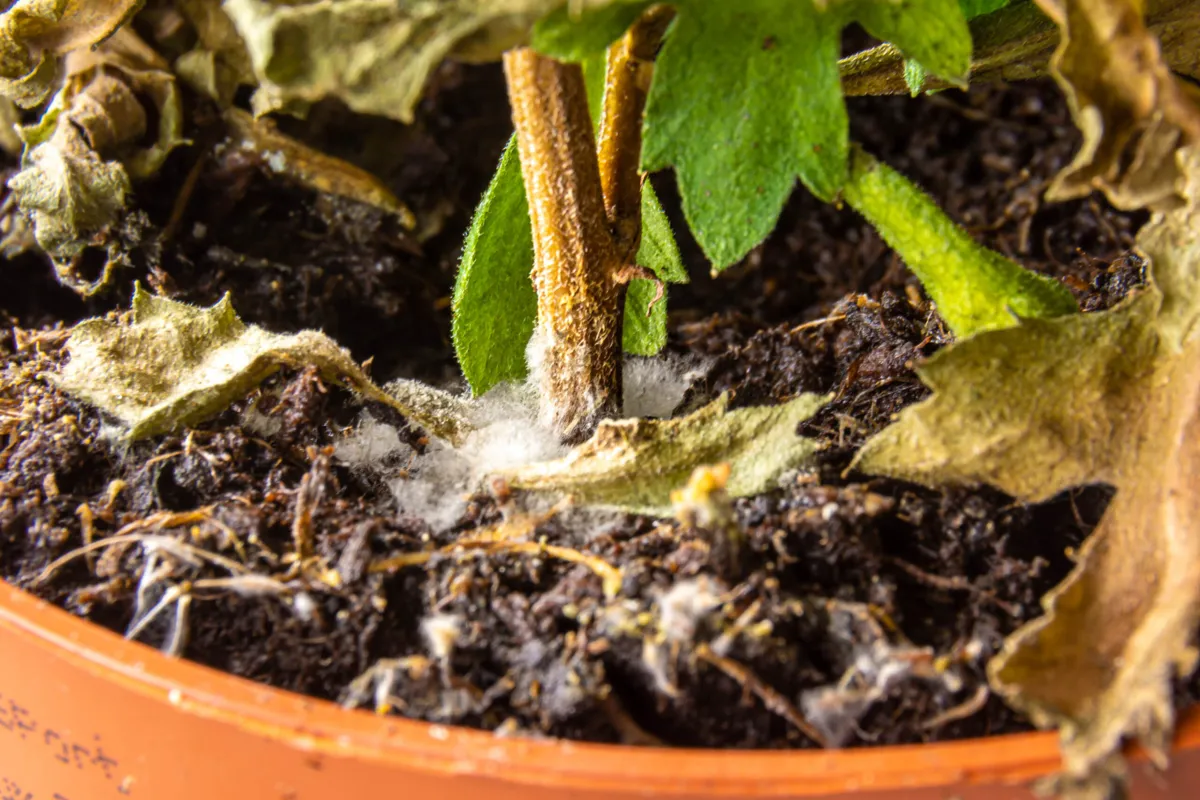
Cause
Damp soil is a breeding ground for bacteria and fungal spores - and is a sign of overwatering.
Solution
Remove the plant, rinse the roots and repot in a new pot with fresh soil.
Find out more about Sarah Gerrard-Jones @theplantrescuer




